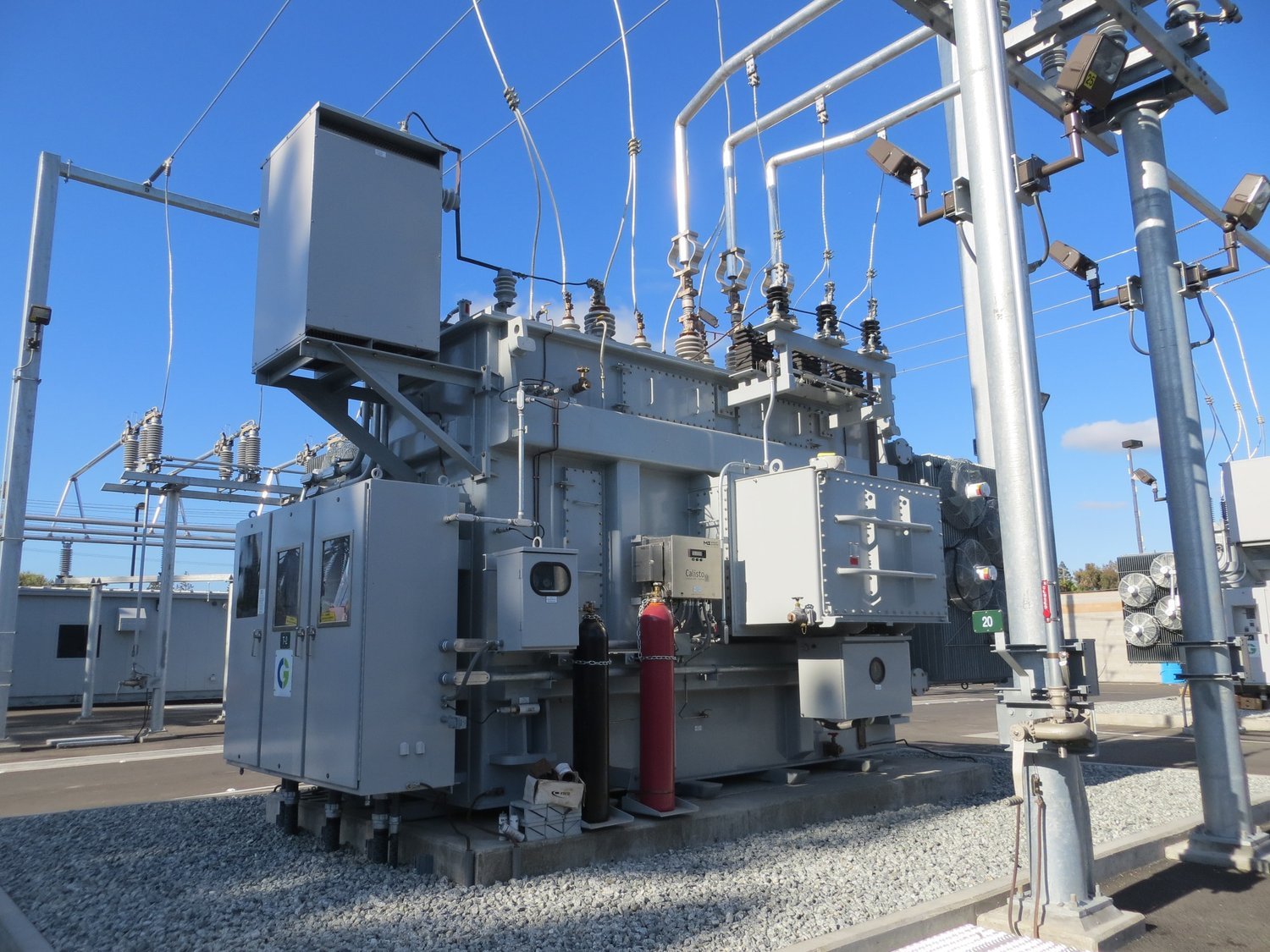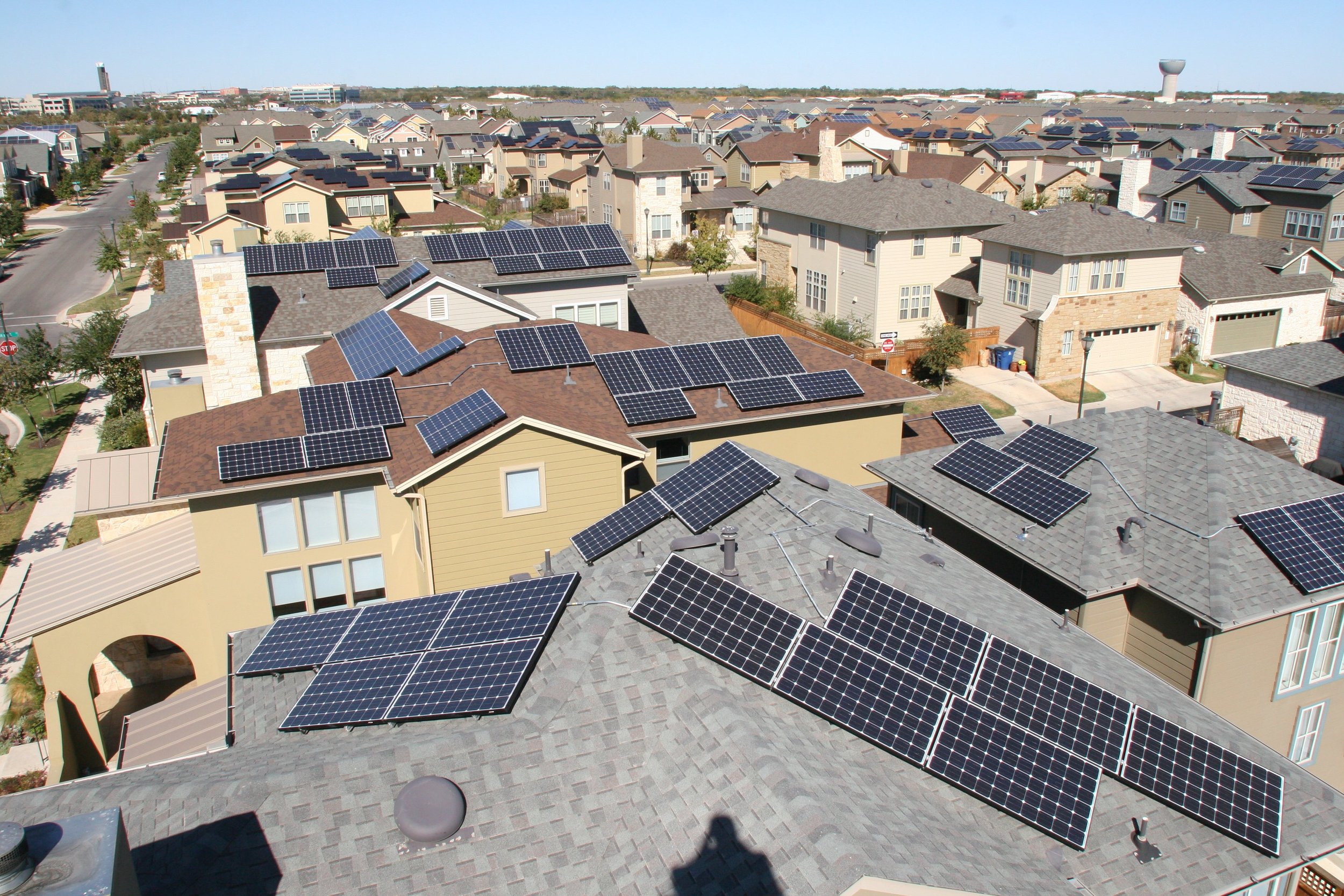Submissions to the AER’s Draft Better Bills Guideline
Fast Facts.
The Australian Energy Regulator (AER) released a Draft Better Bills Guideline on 20 December 2021. The purpose of the Guideline is to create binding, enforceable obligations on energy retailers to prepare easily understandable energy bills for small customers.
By 31 March 2023, retailers must comply with the Guideline in preparing and issuing bills to small customers using less than 100MWh per annum.
Submissions to the Draft Guideline have been received and published by the AER.
26 submissions were received from retailers, State Ombudsman’ offices, customer and stakeholder groups, Ausgrid and the South Australian Government.
Background
Under the National Energy Retail Rules (Retail Rules), the AER is required to make a billing guideline (the ‘Better Bills Guideline’ or ‘Guideline’). The purpose of this Guideline is to create binding, enforceable obligations on energy retailers to prepare easily understandable energy bills for small customers.
By 31 March 2023, a retailer must comply with Part 3 of this Guideline in preparing and issuing bills to a small customer. In brief, the AER’s Draft Guideline sets out:
A set of design principles, which must be applied holistically when preparing bills (including Tier 1 and Tier 2 information, and any additional information retailers opt to include in a bill, provided this additional information also complies with the Guideline); and
A tiered approach to billing information, where:
Tier 1 information must appear on the first page of a paginated bill and at the beginning of an unpaginated bill;
Tier 2 information must be included in a bill, but not on the first page of a paginated bill or at the beginning of an unpaginated bill but before additional information; and additional information can be included in bills however it must not be included on the first page of a paginated bill or at the beginning of an unpaginated bill, or ahead of Tier 2 information on a paginated or unpaginated bill, or ahead of the specified Tier 2 information.
Summary of the Submissions Received
There were 21 submissions received by the due date of 31 January 2022, and 5 late submissions. The AER does not need to have regard to late submissions but may choose to do so.
There are four broad categories of submissions. The first was from retailers, all of which made the point that the requirements set out in the Draft Guideline would take considerable time to implement; would provide fewer benefits than the AER was assuming; and would contribute to an overall unsatisfactory cost/benefit ratio. The second category was from consumer groups, Government and State Ombudsman’ offices, all of which supported the requirements and, in many cases, argued they should go further in prescription and form. The third was from Ausgrid, the only network service provider to make a submission, and the fourth was from software and home energy management company, WattWatchers.
Retailer Submissions
Submissions from retailers varied in their points of focus, but from an overall perspective:
Most considered that the Draft Guideline requirements were too prescriptive, in particular requirements around the tiers of information. This was particularly the case with Red Energy, Lumo Energy, Simply Energy and Origin Energy, the latter of which noted its concern “that this prescription may lead to bills that do not logically flow and key information is unable to be grouped. As a result, our concern is that the intent of the Guideline will be compromised”;
Most considered that the costs of the Draft Guideline exceeded the benefits. Energy Australia noted that “it is unlikely the draft guideline will produce identifiable benefits (increased customer satisfaction and participation in retail competition) that outweigh the costs”. Momentum noted “the implementation costs required to comply with the Guide will be one of the most expensive system enhancement projects we will be required to deliver in the specified timeframe”. The AEC noted “the upfront costs to implement the key changes as proposed in the Draft Guideline could be in the order of $2.7M per retailer, noting that there would be a wide range of cost outcomes around that average cost” and that second tier retailers may be adversely impacted;
Most considered that more consultation was necessary before the Guideline could be introduced, in order to, in the words of Powershop, “thoroughly explore and address any unintended consequences that the Guidelines as currently drafted could introduce”;
Most retailers noted that the “go-live” target date of 31 March 2023 would be challenging. Momentum considered that 3 years would be required to implement the new arrangements, Simply Energy noted a minimum of six months, ACTEWAGL noted a timeline of 12-18 months, and Origin needed more time to “scope, design and test new bill design formats based on various scenarios and jurisdictional requirements”. Ergon Energy Retail noted that “the changes proposed in the draft Guideline require significant system changes but allow insufficient time for development, testing, quality assurance and customer engagement activities to support the change and minimise customer confusion. Further, the limited pool of specialist resources needed to implement these changes are already committed to delivering other major industry reforms such as Global Settlements and the Consumer Data Right (CDR) as well as ongoing work arising from Five-Minute Settlement.” Multi-state retailers noted the complexities in managing state-based requirements, the need to undertake adequate testing scenarios, and the need to be mindful of other key reforms that require significant system upgrades such as CDR and 5MS;
Most considered that solar export and solar usage information should be excluded from tier 2 requirements. Ergon Energy Retail noted that it “does not have visibility of customer solar usage behind the meter and cannot provide customers with this information noting Queensland has applied a net (and not gross) feed-in tariff arrangement”. Energy Australia requested that “the AER not include a requirement for retailers to provide customer’s solar usage (the total amount their solar systems have generated) information on billing as there are more appropriate (considering cost implications, and other options available to customers) options for customers to receive this information”. No retailers explicitly supported the inclusion of solar export and usage information;
Most did not support the inclusion of “Better Offer” information on the bill, with only Telstra Retail being in support of this measure, and Shell Energy providing qualified support (see below). Simply Energy noted that “a better offer message only informs a customer of other offers available from their current retailer. If a consumer is told they are on their current retailers’ best offer, this may discourage the consumer from engaging in the market and seeking out alternative (and potentially cheaper) offers from other retailers”. Energy Australia noted that “the implementation of ‘Best Offer’ obligations in Victoria came at a significant cost and has not resulted in a noticeable uptake of customers participating in retail competition”. Red, Lumo, Powershop, Momentum and Alinta Energy noted a lack of benefits in Victoria from better offer, with Alinta also noting “the substantial cost facing authorised retailers should they need to add these elements.” On implementation cost, the Australian Energy Council noted “the average cost to implement best offer in Victoria was approximately $1,000,000, with the big 3 retailers reporting an average of $1,100,000, and other retailers reporting average costs of $925,000”.
Shell Energy were supportive of ‘better offer’, but unsupportive of its application to both small business and residential customers equally noting that multi-site business customers, even when over 100MWH per annum in aggregate, are considered to be small customers by the Draft Guideline. Shell sought to have small business customers with two or more NMIs excluded from the better offer plan. Ergon Energy Retail noted that their billing systems “do not have the functionality required to undertake a comparison for the~ 17,000 bills raised each day”;
Relevantly (see Our Insights below), only Telstra Energy made a concerted submission around the need for greater flexibility in the Draft Guideline around how digital technology and customer preference could deliver the same outcomes as the intent of the Guideline.
Customer and Ombudsman Submissions
There were a large number of submissions from consumer and stakeholder associations. Broadly speaking, all supported the Draft Guideline. This included the Public Interest Advocacy Centre, the Council of the Ageing, the Consumer Policy Research Centre, the Queensland Consumers Association, Energy Consumers Australia, the Council of Small Businesses Australia, and a combined submission from the NSW, Queensland and South Australian Ombudsman offices.
All of these submissions supported using a tiered approach to energy bills to ensure a logical and consistent flow of easily locatable information, and supported prescription on how certain aspects of mandatory information be laid out. The Ombudsman offices “particularly commend(ed) the requirement to present billing information using a tiered approach, as supported in our earlier submissions, and welcome(d) the inclusion of contact details for the Energy Ombudsman as part of Tier 1 information, in addition to those for retailer account enquiry and complaints”.
The Energy and Technical Regulation Division (the Division) of the South Australian Department for Energy and Mining both supported the Guideline and “better bills”.
Other Submissions
Only one submission was received from a network service provider. Ausgrid submitted that jurisdictional scheme amounts, which would include any pass-through as a consequence of the NSW Renewable Energy Zone scheme liabilities, should be made explicit on bills.
Only one submission from a technology layer company was provided. Wattwatchers was strongly supportive of the inclusion of solar information on bills using a working case study of the importance of a customer being aware of solar export to assess the value of installed solar. Wattwatchers stated “we urge the AER to proceed with adding solar usage into the required Tier 2 Information, and, as per AER’s regulatory remit, to enforce it as a binding obligation on energy retailers in regard to the many small customers with solar. To do otherwise will perpetuate an inadequate customer information model and metering technology approach that already is well past its use-by-date”.
Our Insights
The Draft Guideline raises two interesting questions. Firstly, what what is the appropriate level of information asymmetry between the retailer and the customer, in a context when retailers compete not only on price but on the quality of the bill? Secondly, once that has been established, how should retailers and new entrants be encouraged to continue to develop innovative offer products to customers through the energy transition?
On the first issue, the central premise of retail competition in the mid 1990’s was that competition would promote innovation on service levels and price, and that customers would receive the benefits of innovation through improvements in the former, and reductions in the latter. We live in an era where not only the content of a service matters, but the way it is delivered is a differentiator between suppliers. Prescription in the layout and information requirement of bills mandates an element of standardisation which removes this aspect of service differentiation from retailers, and potentially stifles innovation in bill design and presentation.
The interests of the vulnerable are relevant in this regard. Clearly, a greater level of prescription assists those who are unable to value the benefits from bill presentations which are above an average level of quality, and need to be protected therefore from low quality bills. Electricity is complex, and there is a growing myriad of products and services which are difficult to understand. As it relates to the vulnerable, there is no basis to disagree with the submissions from stakeholder groups to the Guideline.
It is important to note however, that small customers are not by definition vulnerable. By placing the submissions into two camps; stakeholder groups who support the proposed level of prescription; and retailers who don’t, society loses the benefits from the provision of innovative bills in the sub 100MWh customer class which are not vulnerable. The submission from Shell Energy makes this clear; multi-site customers choose electricity on a completely different basis to a residential customer, and by extension an entirely different mindset to a vulnerable customer. Studies of educational systems show that requiring teachers to slavishly lecture the syllabus makes the worst better and the better worse. Pulling service providers towards the average has a societal cost.
On the second issue, it will be important for the AER to constantly remind itself that the system is changing, and not to consider the issue of billing in a vacuum. To do so may accidentally sacrifice the exciting innovation that comes from getting away from paper bills and moving into the electronic age altogether. As Telstra Energy’s submission notes, the future is an app and retailers need the flexibility to be able to construct a digital journey around billing as with other aspects of service delivery. Deciding where items should be placed on a piece of paper that arrives in a letterbox or via email, is simply not a relevant issue for most small customers as they enter the digitised decade that awaits us. While mandatory inclusion of solar information on bills may not be the best way to achieve this outcome (for all of the points noted above), Wattwatchers are quite correct that unless solar usage and export data is valued, the innovation required to enable DER orchestration and two-way markets will be more challenging. There is a large gap between AEMO’s assumptions under its Step Change scenario about the future role of DER orchestration in the system, and the range of arguments being made by retailers that solar output is simply too difficult to measure.
Lastly, it is worth noting that energy retailing is hard, and getting harder. Over the next 12 months, retailers will be required to juggle implementation of the final guideline with other regulatory changes that have substantial market implications. In addition to ESB’s Post 2025 reforms and the raft of changes that are coming down the pipe on that front, retailers are contending with the Consumer Data Right, the Energy Fairness Plan, the proposed Energy Retail Code of Practice, the proposed Victorian performance reporting changes, and other future rule changes. There is only so much cost and time pressure that can be placed on second tier retailers before regulation itself becomes an even more significant barrier to entry than it is currently.
For more information, contact Simone Rennie at srennie@renniepartners.com.au




